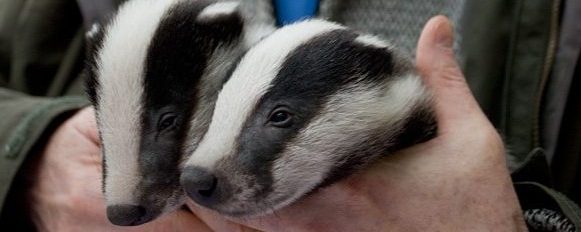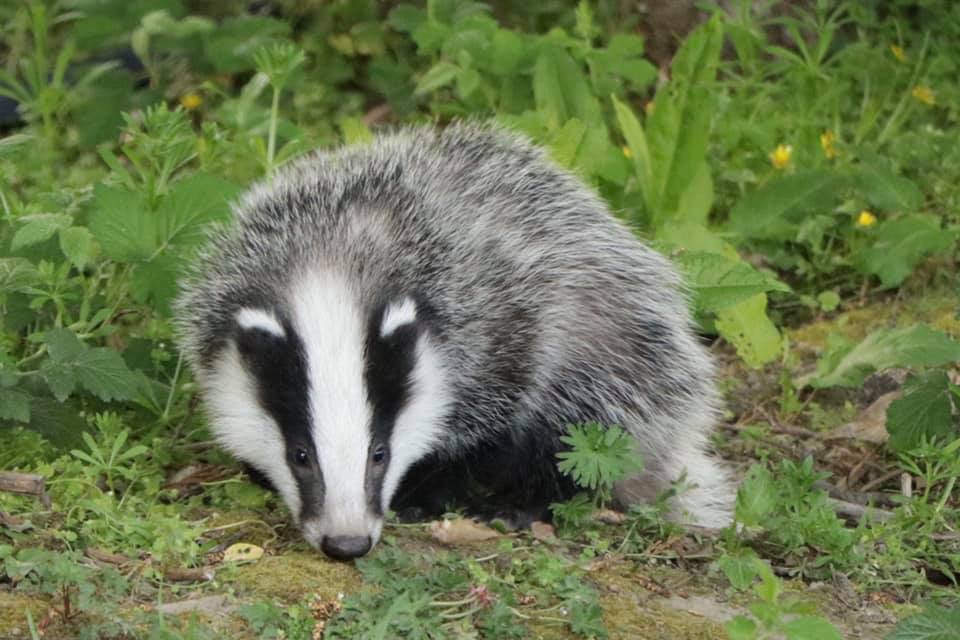Brian May: The Badgers, the Farmers, and Me’ is a documentary that was aired on BBC2 at 9.00pm on Friday 23 August, and is now available on the BBC iplayer. Filmed over 4 years, the programme charts Brian May’s journey as he explores the ongoing battle against bovine tuberculosis, and the differing views of both farmers and those who oppose badger culling .

The new film covers 12 years of practical research ongoing over the last 12 years. The shocking truth around the monumental failure of Defra to effectively address the problem of bovine TB is highlighted, and the resulting tragic slaughter of both cows and badgers is revealed with horrible clarity.
Animal campaigner Brian May and Anne Brummer, CEO of May’s Save-Me organization, have spent the years since culling was first mooted by David Cameron’s government uncovering the truth about bovine TB. Rather than fighting the farmers, May and Brummer have looked at the problem from the viewpoint of the farmer and the vet , following a case study which has transformed a chronically infected cattle herd into a healthy herd with TB-free status. This was achieved without killing a single badger. The revolutionary methods used are now known as the Gatcombe strategy.

Meanwhile, over the same period, nearly a quarter of a million badgers have been killed on the basis that they spread bTB to cattle. This new documentary shows that the badger cull policy implemented since 2013 has failed farmers completely. Rates of bTB infection and consequent numbers of cattle slaughtered are in some areas no better, and in others worse than ever, following the cull. The work from the case study farm in the documentary clearly shows with that blaming badgers has been a wildly incorrect reading of the facts.
May and Brummer conclude that the very idea that badgers are part of the bTB re-infection process is unsupportable. Government and NFU policy has been based on the work of a small number of scientists who have persisted in claiming disease benefit from statistical models, ignoring the uncertainty around them, and doubling-down when challenged.
This new documentary is the first time that an alternative view about badger culling has been presented in documentary format. Do watch it for a sincere, refreshing and honest take on badger culling. It goes to the heart of the problem, and shows compassion for the farmers, the cattle and badgers. And it provides answers and a way forward. Congratulations to all involved.


